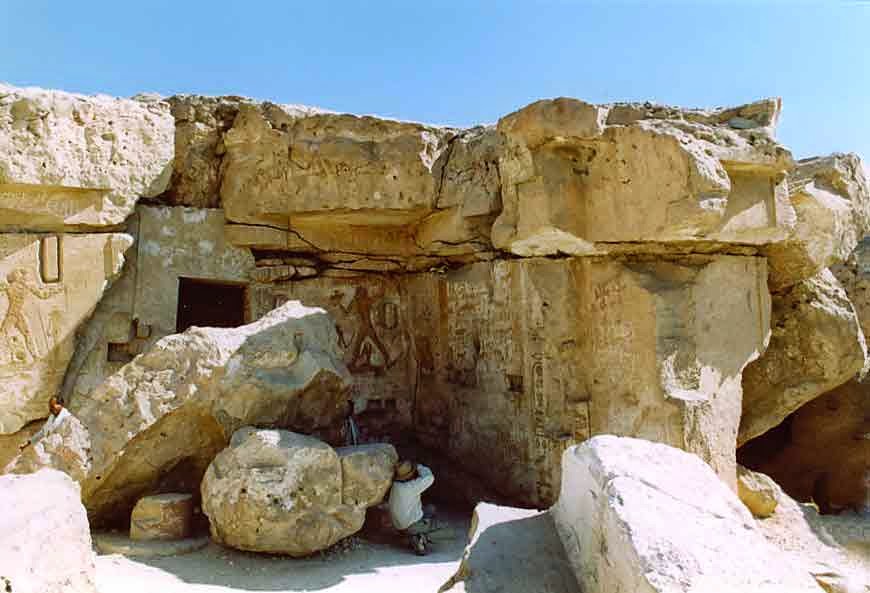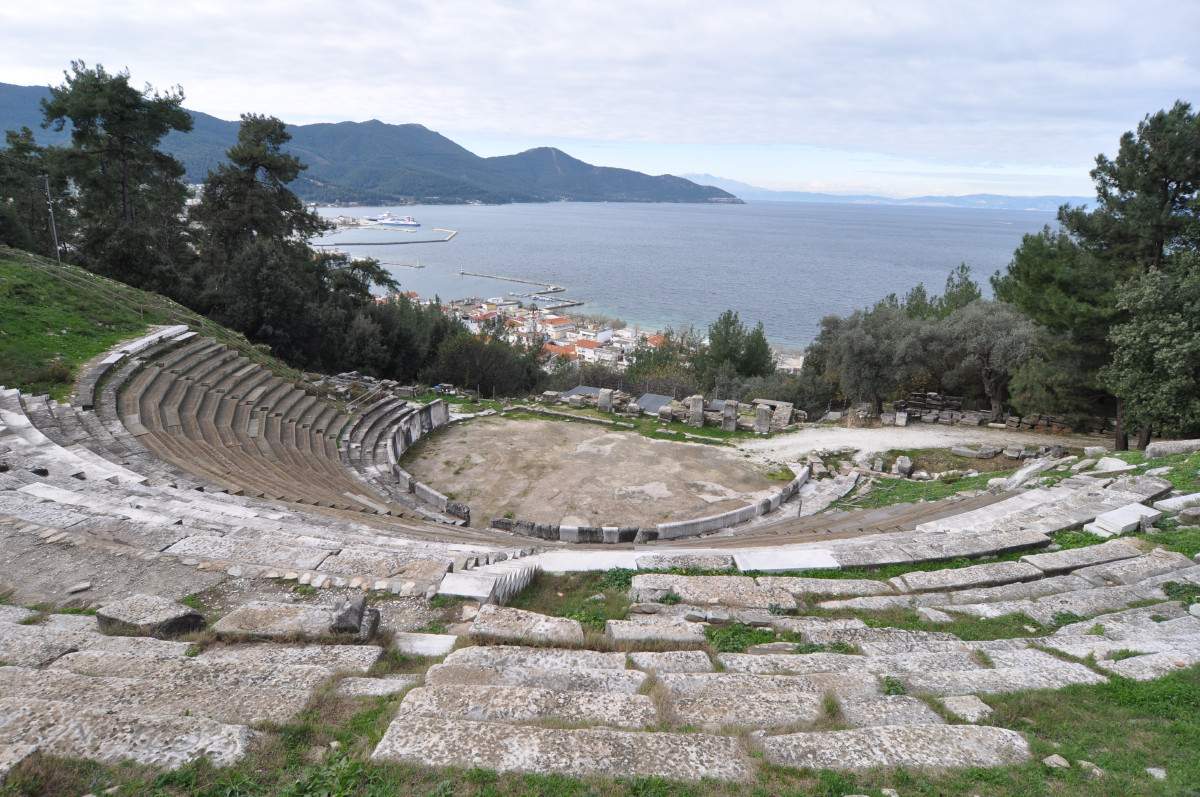Sew La Ti Embroidery [Search results for monument]
Italy: Tourists posing for selfie wreck Italian monument

Rising of the New Moon
India: Mughal gateway collapses in North Delhi

Heritage: Taxila, the lost civilisation

Heritage: Egypt approves replica Pharos lighthouse plans

Heritage: Amphipolis Tomb falls victim to lack of funding

Heritage: Egyptian tomb falls victim to looters

India: Buddhist sites in Thotlakonda and Bavikonda cry out for attention

Heritage: Ancient theatre of Thasos restored with local marble

India: Himachal govt to brainstorm ways to protect Buddhist heritage in Tabo

Heritage: Byzantine bathhouse in Thessaloniki restored

Heritage: Chile's quest to save melting mummies

East Asia: How to save the disappearing Great Wall of China?

Southern Europe: Sotheby’s auctions clay figurines 'from Amphipolis'

Park of the United Nations
Nepal: In Nepal, efforts underway to salvage ancient sites damaged by quake

Heritage: Athenian Long Walls covered with graffiti

Heritage: Replica of 'Serpent Column' to be erected at Delphi
Heritage: Suicide bomber strikes near temple of Karnak in Luxor



